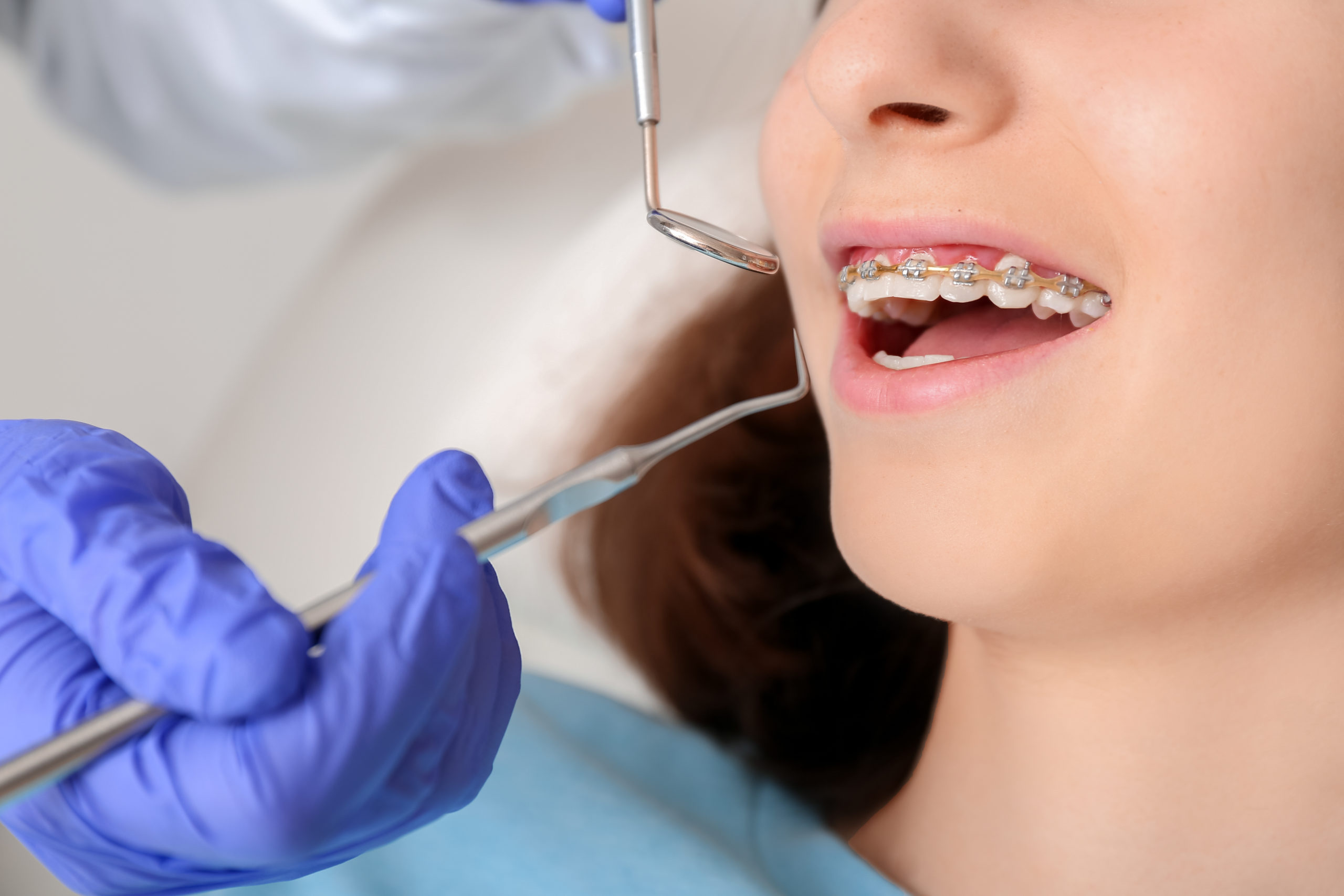How Cumming Orthodontics Addresses Common Braces and Invisalign Worries
Comprehensive Overview to Orthodontics Treatments for Fixing Oral Imbalances
In the realm of orthodontics, the journey to attaining a perfectly aligned smile includes a myriad of procedures customized to fix dental misalignments. From conventional braces to unnoticeable aligners and even surgical options, the area of orthodontics offers a variety of solutions to deal with varying degrees of oral abnormalities. Understanding the complexities of each treatment, including their devices, benefits, and possible drawbacks, is essential in making notified decisions about one's orthodontic treatment. As we navigate with the comprehensive overview to orthodontic treatments for fixing oral misalignments, the intricate information of each technique will unravel, losing light on the course towards a harmonious and practical dental placement.
Orthodontic Procedures Overview

Routine changes and monitoring are critical components of orthodontic treatment to make sure progression is on track and to make any necessary adjustments along the means. By going through orthodontic procedures, people can not only achieve a straighter grin yet additionally boost their total oral health and wellness and function.
Standard Braces: Just How They Work
When taking into consideration orthodontic treatments for dental imbalances, standard dental braces stand apart as a reliable method for remedying teeth placing. Conventional dental braces include brackets, cords, and bands that collaborate to use continuous pressure on the teeth, progressively relocating them into the wanted placement. The brackets are connected to the teeth making use of a special adhesive, and the cords are threaded with the braces. By adjusting the tension of the cables, orthodontists can regulate the direction and force put on each tooth, directing them right into appropriate positioning over time.
One key aspect of just how traditional braces work is the process of bone remodeling. As stress is used to the teeth with the braces, the bone surrounding the teeth is reshaped to support the new tooth positions. This renovation is crucial for the long-term stability of the corrected placement. People will certainly need regular changes at the orthodontist's office to ensure the braces remain to use the appropriate stress for effective teeth movement.
Invisible Aligners: Benefits And Drawbacks
Unseen aligners provide a very discreet and convenient option to traditional dental braces for correcting dental imbalances. These clear, tailor-made trays are virtually unseen when used, making them an appealing option for people looking for a more visually pleasing orthodontic treatment. One of the key advantages of unnoticeable aligners is their removability, enabling for less complicated upkeep of oral health contrasted to traditional braces. People can eliminate the aligners prior to consuming or brushing their teeth, decreasing the danger of food getting stuck in the home appliance and simplifying the cleaning procedure.

Surgical Orthodontic Options
Surgical treatments in orthodontics present sensible alternatives for resolving complex dental misalignments that may not be successfully settled via standard orthodontic therapies. While unseen aligners and conventional dental braces can deal with lots of orthodontic issues, specific situations call for medical intervention to attain ideal outcomes. Surgical orthodontic options are normally advised for severe malocclusions, considerable jaw discrepancies, and cases where the underlying bone structure requires modification to attain appropriate placement.
One typical surgical orthodontic procedure is orthognathic surgery, which entails repositioning the jaws to deal with functional concerns such as trouble chewing or talking. This surgery is commonly executed in collaboration with an orthodontist that aids straighten the teeth before and after the treatment. Surgical orthodontics may additionally entail procedures to expose impacted teeth, eliminate excess periodontal cells, or improve the jawbone to develop a more unified facial account.
Prior to considering medical orthodontic options, people undergo a detailed analysis to determine the need and prospective benefits of such treatments. orthodontics. While surgical procedure may seem overwhelming, it can substantially improve both the feature and visual appeals of the smile in cases where standard orthodontic therapies fail
Retainers and Post-Treatment Care

Failure to conform with post-treatment treatment instructions can result in relapse, where my link the teeth progressively relocate back towards their initial settings. Constant retainer wear, great oral health, and routine oral exams are important for maintaining the outcomes accomplished with orthodontic surgical procedure and making sure the long-lasting security of the dealt with dental positioning.
Conclusion
In conclusion, orthodontic treatments offer different choices for dealing with dental imbalances. Surgical orthodontic alternatives are readily available for more extreme misalignments. Overall, orthodontic treatments can efficiently boost dental health and aesthetic appearance.
As we browse with the extensive overview to orthodontic procedures for fixing dental imbalances, the complex details of each technique will certainly unfold, losing light on the course toward a functional and unified oral placement. - cumming orthodontist
One of the most common orthodontic therapies is the use of dental braces, which are composed of steel brackets and cords that apply gentle pressure to gradually move teeth into the desired placement.When taking into consideration orthodontic therapies for oral imbalances, standard dental braces stand out as a reliable technique for fixing teeth positioning. Furthermore, unseen aligners may not be ideal for intricate orthodontic problems that need even more significant teeth movement, as they are generally recommended for light to modest instances. Retainers are customized orthodontic devices developed to hold teeth in their fixed placements after the completion of orthodontic therapy.